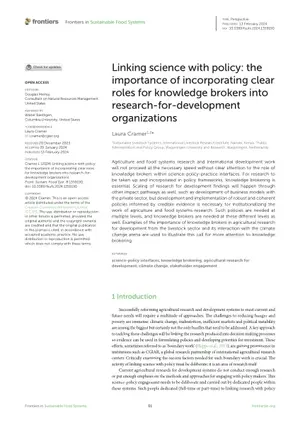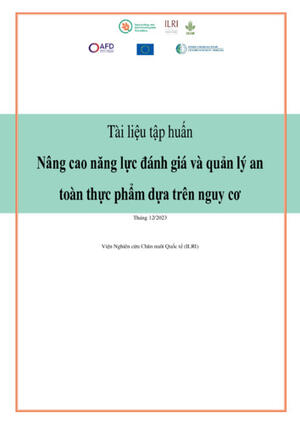
Can a vaccine save the world’s pigs from African swine fever?
A recent article by Katarina Zimmer in The Scientist examines how close we are to developing a vaccine to prevent African swine fever (ASF). It contains an extended discussion of the work of Lucilla Steinaa, an immunologist at the International Livestock Research Institute (ILRI). Steinaa has been focusing on the specific types of the swine fever which circulate throughout East Africa. Zimmer writes that ‘Instead of looking at whole proteins, [Steinaa’s] team is monitoring T cell responses to specific peptides, to identify the precise amino acid sequences that elicit immune responses’.
The article begins by noting that Kansas State University immunologist Waithaka Mwangi was among the first people to research the ASF virus during its outbreak in East Asia in the fall of 2017. The specific strain of the virus, the Georgia 2007, was especially lethal. Pigs would succumb to a lethal hemorrhagic fever within a week of their infection. Mwangi and his team administered a prototype vaccine to 32 piglets and closely monitored them, but the outcome was negative.
A year later another outbreak of the same virus was reported in Shenyang, China. That outbreak had catastrophic consequences. It led to the death of roughly 200 million pigs; the president of the World Council of Delegates of the World Organization for Animal Health has announced that about a quarter of the worldwide pig population could succumb to the disease. Other outbreaks were also reported in East Asia where the virus had been circulating among wild boar and domestic pigs. The rapid spread of the virus and its devastating nature lead to ASF becoming a global research priority.
The ASF virus is transmitted by ticks to warthogs and wild pigs, who serve as a reservoir of the disease. Domestic pigs acquire it through tick bites in African regions inhabited by warthogs or through contaminated food and materials. The virus has spread through the European wild pig and East Asian boar populations.
Out of Africa
The first case of ASV was observed in Africa during the early twentieth century. The virus then traveled to Portugal and later the Caribbean, where it was successfully contained. For a long time, the ASF virus did not receive the attention it deserves because it was contained to Africa. Then, in 2007, the genotype 2 strain of the virus was reported in Georgia. From there, it spread to Russia and then China in 2018. By 2019, it was one of the most deadly animal disease outbreaks anywhere, and countries poured research into developing a vaccine.
Live vaccines
Researchers now understand why traditional methods of making viruses do not work for ASF. They are focusing on developing vaccine candidates with live but weakened, types of the virus. Other researchers have also focused on weakening viruses by eliminating particular genes that make them so lethal. It is not easy, however, to figure out which gene to remove. Another issue of concern with developing live vaccine candidates is that they are difficult to produce in bulk.
Protein cocktails
Researchers have therefore resorted to developing subunit vaccines, which eliminate the risk of uncontrolled spreading. The challenge is to find an antigen combination that encourages a defensive immune response. Numerous researchers are working on the problem, but so far results haven’t been promising.
Other researchers are focused on the African strains of the disease, which threaten to cause immense economic losses to African farmers. In the absence of an effective vaccine, many governments have opted for biosecurity on farms and issued guidelines regarding the importation of swine products. Other experts contend that the only difficult but sure way to contain the virus is through altering human habits as the virus is primarily spread by people.















